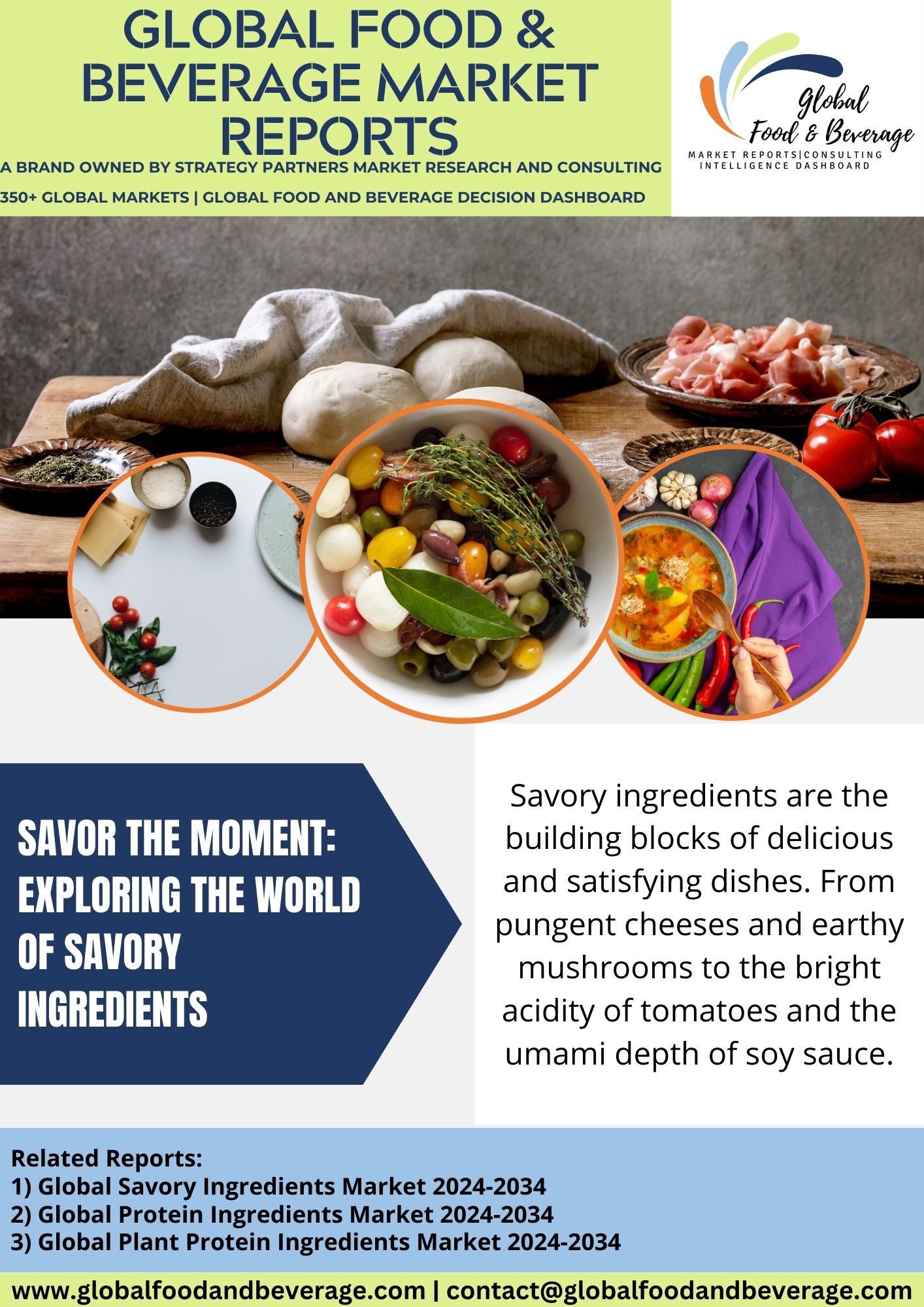Savory ingredients are the foundation of countless culinary creations, providing the rich and robust flavors that define savory dishes. These ingredients encompass a wide range of elements, from herbs and spices to umami-rich components, contributing to the diverse and complex taste profiles found in savory cuisine.
Herbs and spices play a pivotal role in enhancing the savory dimension of dishes. Fresh herbs like basil, thyme, rosemary, and cilantro bring vibrancy and aroma to recipes, while spices such as cumin, paprika, and coriander infuse depth and warmth. The careful blending of these elements allows chefs and home cooks alike to create a symphony of flavors, adding layers of complexity to savory dishes.
Umami, often referred to as the fifth taste, is a fundamental element of savory cuisine. Ingredients rich in umami, such as soy sauce, miso, and mushrooms, contribute a savory and savory-sweet flavor that enhances the overall taste experience. The incorporation of umami-rich components adds a savory depth that can elevate a dish from ordinary to extraordinary.
Proteins, both animal and plant-based, are integral savory ingredients that provide the heartiness and substance often associated with savory meals. Whether it’s the savory umami of grilled meats or the earthy richness of legumes and beans, proteins form the backbone of many savory dishes, contributing both flavor and satiety.
Aromatics like garlic, onions, and shallots serve as savory building blocks, infusing dishes with a strong and savory foundation. The careful sautéing or roasting of these aromatics enhances their savory notes, creating a savory base for soups, stews, and sauces.
The world of savory ingredients is vast and diverse, reflecting the global tapestry of culinary traditions. As culinary exploration continues to flourish, chefs and home cooks experiment with a wide array of savory elements, pushing the boundaries of flavor and creativity. Whether through the infusion of bold spices, the incorporation of umami-rich components, or the expert use of aromatics, savory ingredients remain essential in creating memorable and satisfying culinary experiences.
ADVANCEMENT:
Significant advancements in savory ingredients have revolutionized the food industry, offering innovative options for enhancing flavor profiles and meeting changing consumer preferences. The development of novel savory ingredients involves a fusion of culinary traditions, cutting-edge technology, and a focus on health and sustainability.
One notable advancement is the exploration and utilization of plant-based alternatives for traditional savory components. Plant-based proteins, flavor enhancers, and meat substitutes have gained popularity, catering to the increasing demand for sustainable and ethical food choices.
Technological innovations have also played a crucial role. Advancements in flavor extraction techniques, fermentation processes, and the identification of unique taste compounds contribute to the creation of more authentic and complex savory profiles. This allows for the replication of traditional flavors or the invention of entirely new taste experiences.
Moreover, the trend towards clean-label and natural ingredients has driven research into natural flavor enhancers and umami-rich compounds. This shift responds to consumer preferences for recognizable and minimally processed ingredients, pushing manufacturers to explore natural sources for savory taste enhancement.
In summary, the evolution of savory ingredients reflects a dynamic intersection of culinary creativity, technological progress, and a growing emphasis on sustainability and health. As the industry continues to explore new frontiers, consumers can expect a diverse range of savory options that not only satisfy their taste buds but also align with their values and preferences.
CHALLENGE:
Savory ingredients, crucial components in a wide range of food products, face various challenges in the global food industry. One significant challenge is meeting diverse taste preferences while addressing health concerns. Consumers are increasingly seeking savory options that align with health and wellness trends, prompting manufacturers to develop formulations that are both flavorful and health-conscious.
Supply chain complexities impact the industry. The production of savory ingredients involves diverse raw materials, including spices, herbs, and flavor extracts. Ensuring a stable supply chain, managing inventory, and addressing challenges related to weather conditions, agricultural practices, and geopolitical factors are crucial for maintaining consistent product quality and availability.
Regulatory compliance and labeling complexities add to the challenges. Different regions have varying regulations regarding savory ingredient formulations, labeling, and permissible additives. Navigating these diverse standards requires manufacturers to invest in compliance expertise to ensure market access and consumer trust.
Sustainability concerns and sourcing practices are growing challenges. Consumers are increasingly interested in the environmental impact of food production. Adopting sustainable sourcing practices for savory ingredients, including responsible agricultural methods and ethical sourcing, is becoming more critical for the industry.
Technological advancements and innovation are essential for success. Developing new savory ingredients, improving extraction methods, and creating novel flavor profiles require ongoing research and investment in technology. Staying ahead of consumer trends and industry advancements is crucial for remaining competitive in the dynamic savory ingredient market.
Market competition and pricing pressures influence the industry. The savory ingredients market is highly competitive, with various players offering diverse formulations. Price fluctuations, influenced by factors like raw material costs and market demand, can impact the affordability and profitability of savory ingredients.
CONCLUSION:
In conclusion, the savory ingredients market is thriving as the culinary landscape evolves globally. The demand for diverse and bold flavors drives innovation in this sector, with an emphasis on natural, authentic, and ethnic profiles. Savory ingredients play a crucial role in meeting consumer preferences for convenient and flavor-packed meals. The industry’s focus on clean label formulations and sustainable sourcing aligns with the rising awareness of health and environmental concerns. As consumers experiment with diverse cuisines, the savory ingredients market continues to offer opportunities for manufacturers to create distinctive and high-quality products. The ongoing pursuit of culinary excellence ensures the sustained growth of this dynamic market.
